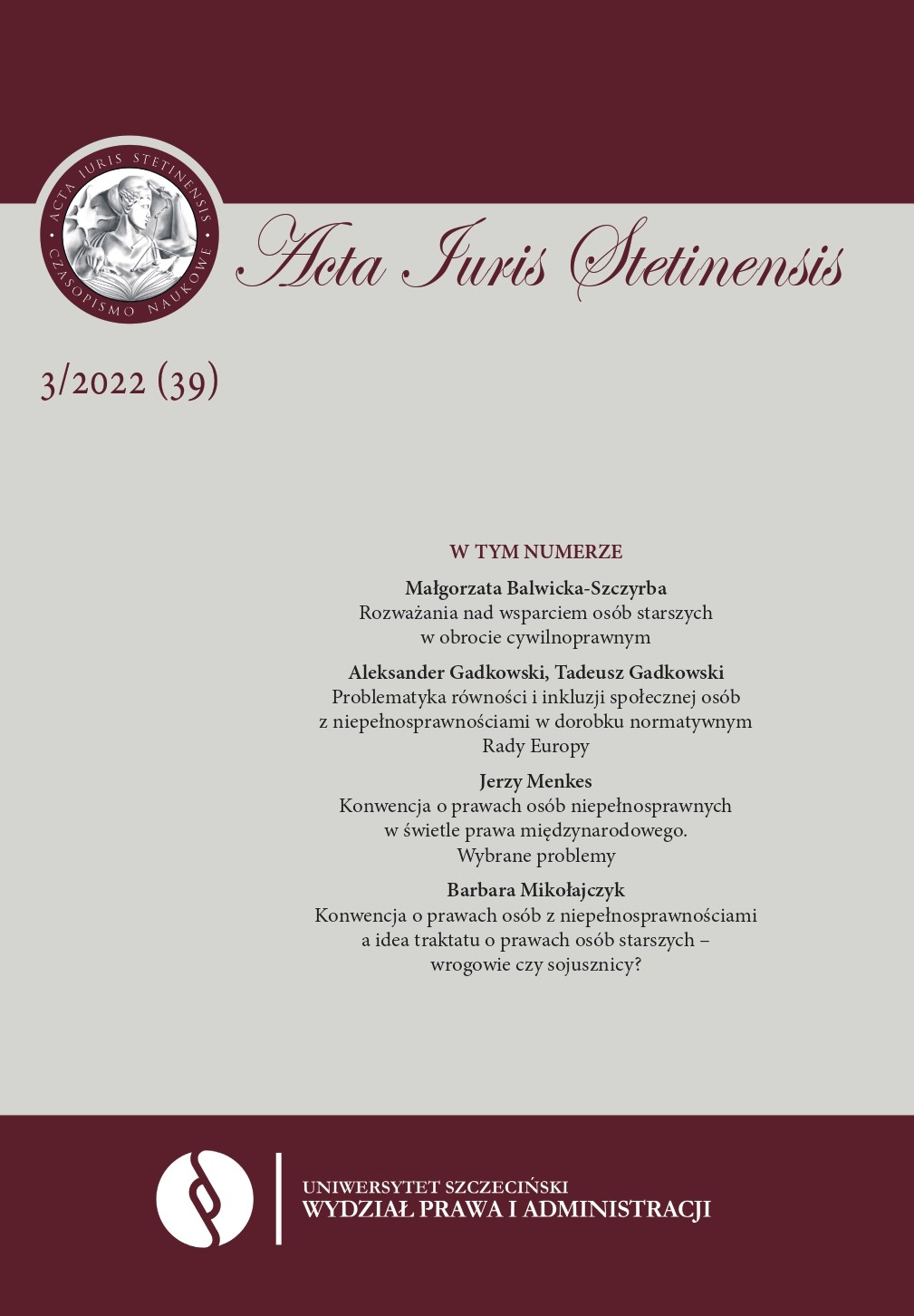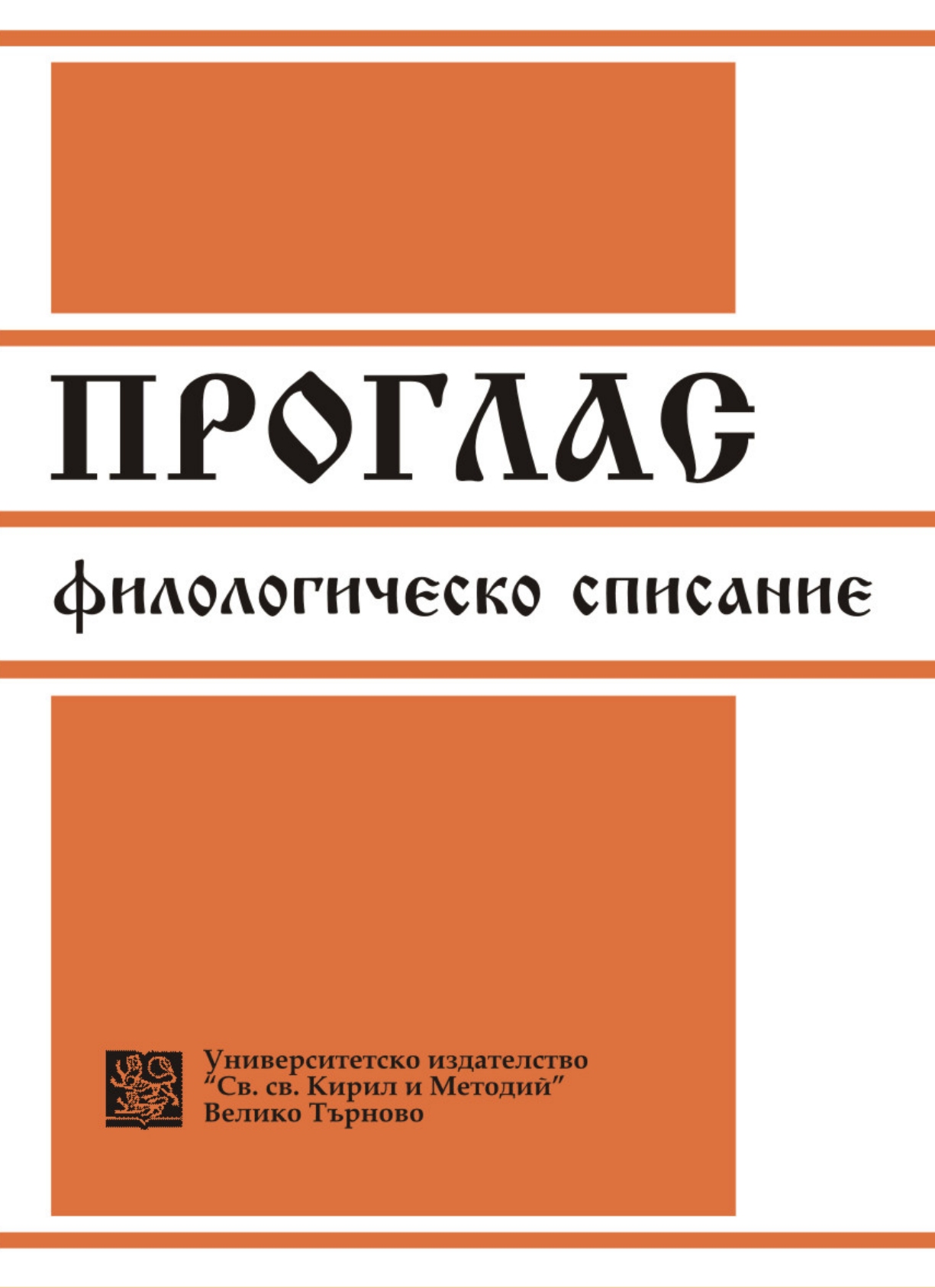
We kindly inform you that, as long as the subject affiliation of our 300.000+ articles is in progress, you might get unsufficient or no results on your third level or second level search. In this case, please broaden your search criteria.

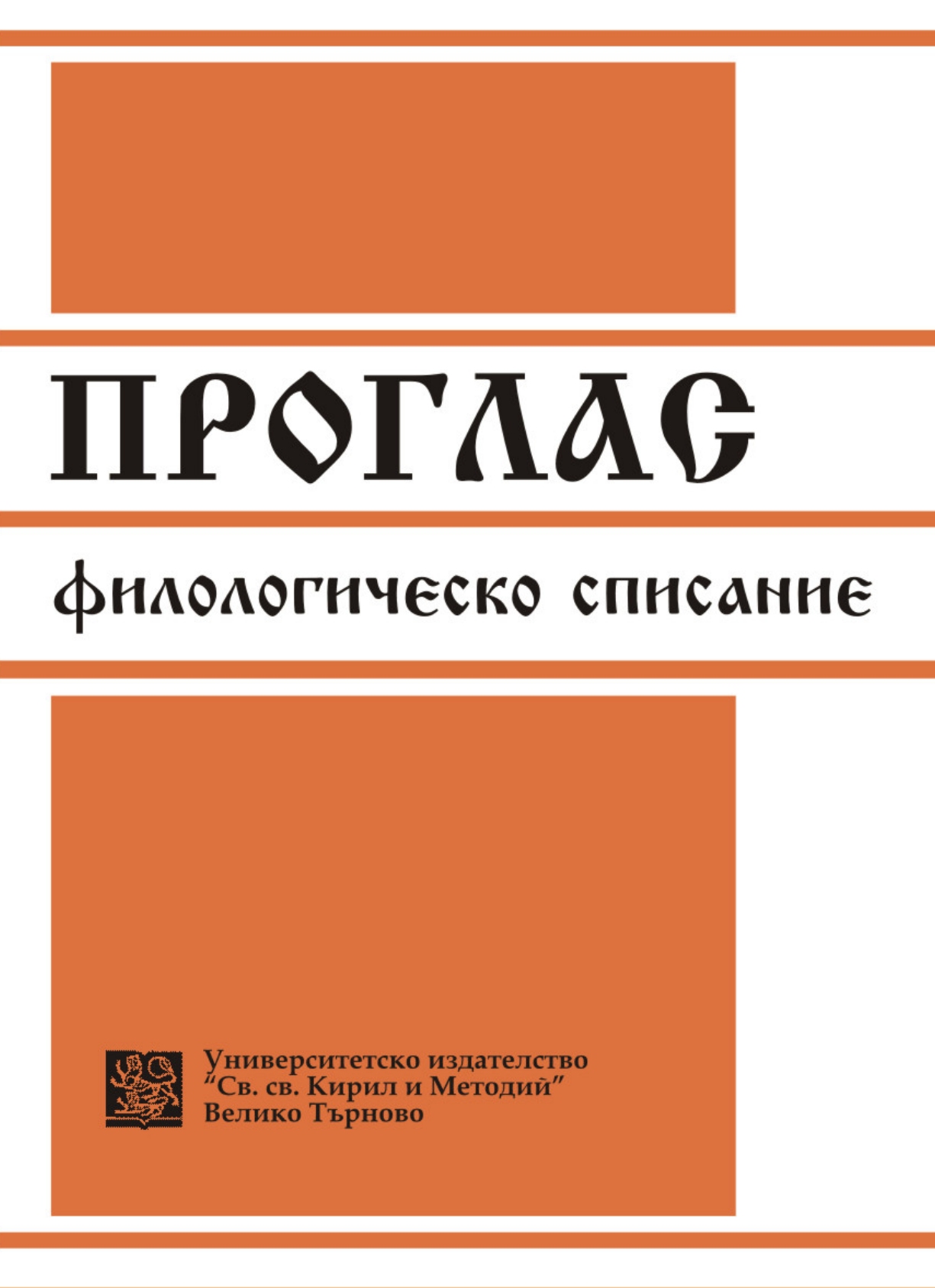

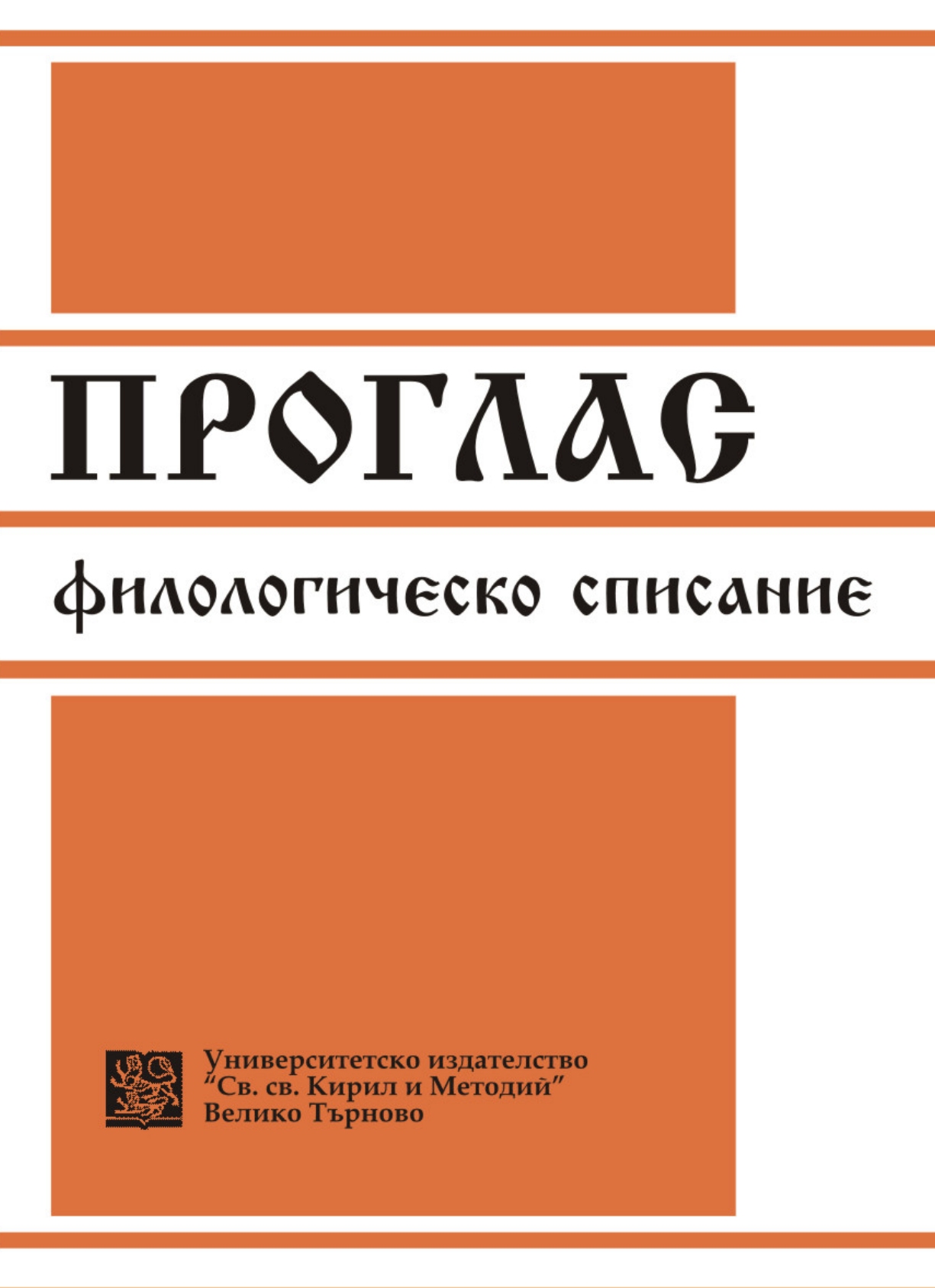


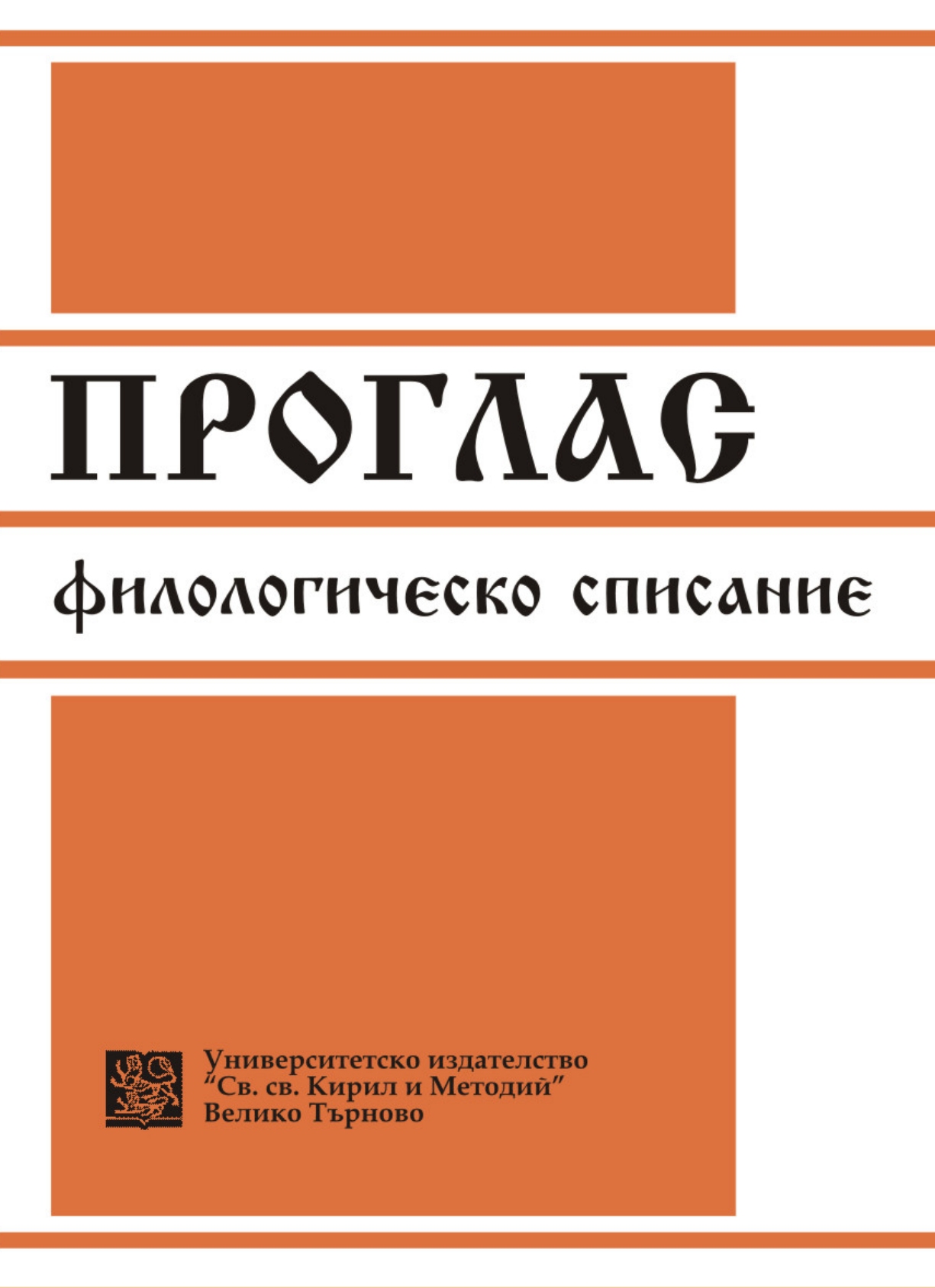







Review of: Robin Terasse, La Mémoire assiegée. Histoire, identité et propagande culturelle, Édition Dominique Martin Morin, Poitiers, DMM, 2017, 420 p.
More...
The aim of this article is to analyse metaphorical spaces in two dramas by Jerzy Szaniawski: Murzyn. Komedia w trzech aktach[A Negro. A comedyin three acts] from 1917 and Kowal, pieniądze i gwiazdy. Sztuka w trzech aktach [A blacksmith, money, and stars. A play in three acts] from 1948. Drawing attention to the fact that the world presented in most of Szaniawski’s dramas is connected with the province, the author demonstrates how realistic spaces, far from the tumult of the big world, contrast with the metaphorical spaces of the protagonists’ longing, freedom and dreams.These spaces are extremely complex and varied, marking out and at the same time differentiating the mental area in which the protagonists function and influencing their decisions.
More...
The article analyses Adam Zagajewski’s poems that observe the elegiac convention. While summarizing the existing critical thought on the function of elegia in Zagajewski’s poetry, the author presents his own interpretations of selected works. He proves that the elegiac form, realised in Zagajewski’s work in many different ways, is not just an expression of the poet’s nostalgia for the past. By recalling past events, by remembering his deceased friends, and by maintaining the memory of the victims of the Holocaust, Zagajewskimakes the lyrical hero of his poems the guardian of the past. This remembrance must be allowed to influence the future.
More...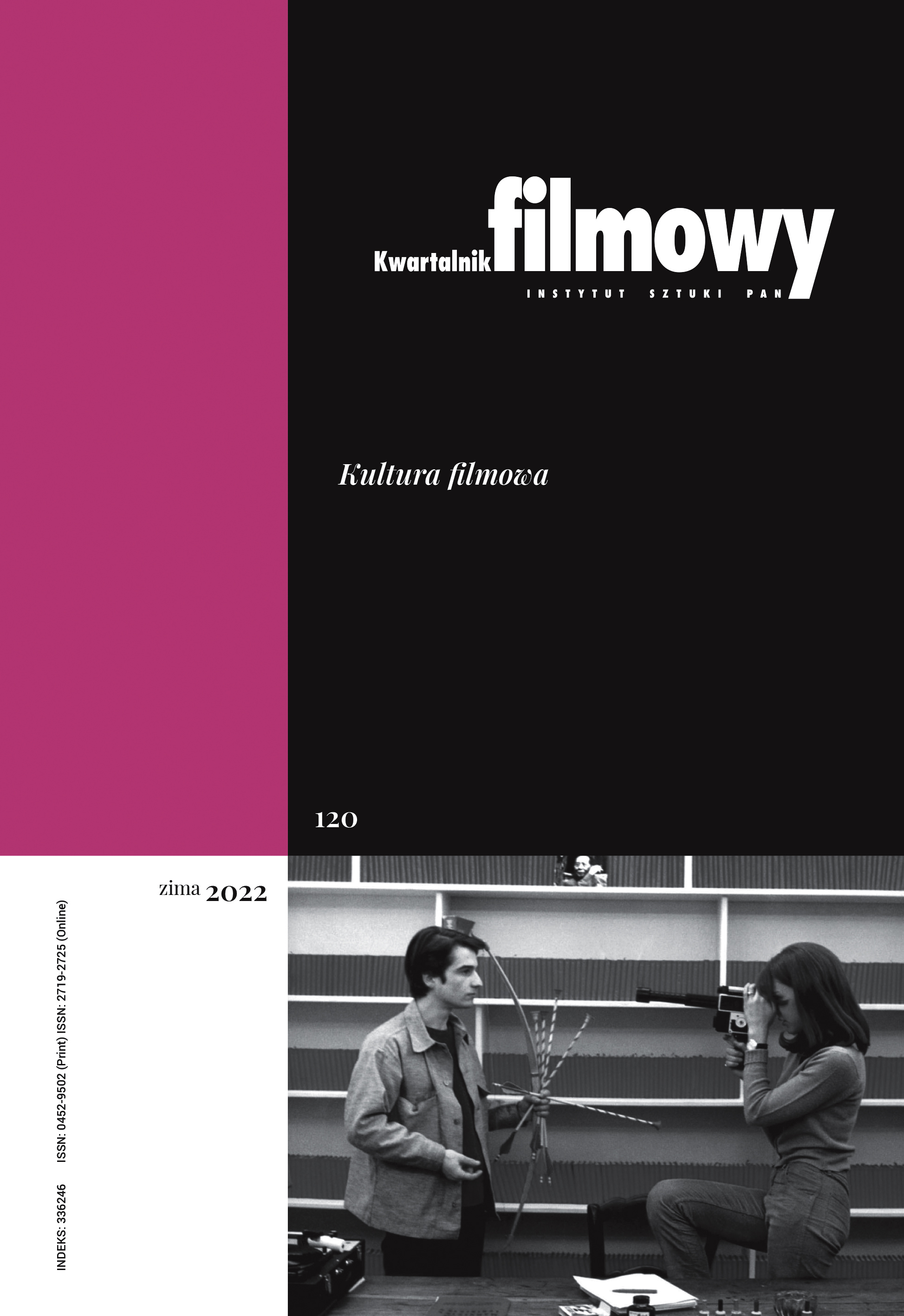
Autorka wskazuje różne sposoby rozumienia pojęcia „nowa kinofilia” w wybranych francuskich tekstach teoretycznych i krytycznych. Perspektywa ta wydaje się szczególnie interesująca, gdyż termin „kinofilia” pojawił się na gruncie francuskim, a nawet paryskim, w latach 50. XX w. (okres polityki autorskiej), w dzisiejszych czasach natomiast jest używany szeroko także poza granicami Francji, bardzo często z dookreśleniem „nowa”. Związane jest to z wyłonieniem się innych form kinofilii i przeciwstawieniem ich „staremu” modelowi, choć owa nowość nie zawsze jest wartościowana dodatnio. Szczególnie wyrazistym przykładem postawy krytycznej był artykuł Louisa Skoreckiego Przeciw nowej kinofilii publikowany już w roku 1978. Autorka zwraca uwagę na związki nowej kinofilii z dyspozytywem i pojawieniem się nowych form uczestnictwa w życiu filmowym. Druga część artykułu dotyczy koncepcji Arnauda Guigue’a, który proponuje zastąpienie problematycznego terminu określeniem „kinofilia szerokokątna”.
More...